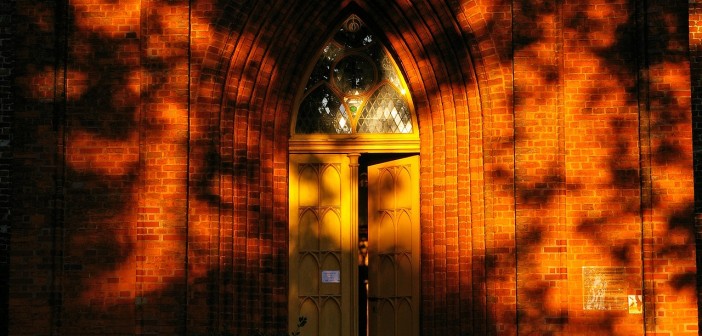When congregations and their leaders think about worship or about mission, it often appears that they think of the two as compartmentalized and entirely separate from each other. Worship and mission are, it seems, quite different aspects of a congregation’s life and ministry without any necessary or intrinsic relationship to each other.
In a new post-Christendom world, everything a congregation does is — at least potentially — mission. In worship we witness to who we believe God to be and what we believe God’s purpose or mission is in the world.
Worship is one department, so to speak; mission is another. Church structures often reflect this separation by having a board of deacons or worship board focused on worship and a mission or community service board attending to mission. Church budgets also testify to this compartmentalization: they have line items for “worship,” which may include corollary elements such as “music” or “the arts” listed under worship. “Mission” is a completely separate budget category or section, and under it one might find things such as “food bank,” “tutoring,” “ministry with immigrants and refugees.” Sometimes, in fact, we encounter congregations that think and speak of worship and education, as well as ministries of care, as “what we do for ourselves,” while mission or service is “what we do for others.” While this may be understandable in one sense, it is also artificial and limiting. Furthermore, it reflects a period of nominal Christian establishment — Christendom — and a culture that is now largely over. Ours is a new situation, one in which North America is a new mission field. This new situation invites and permits the church to (re)discover its essential missional nature and its relationship to the host culture.
In a new post-Christendom world, everything a congregation does is — at least potentially — mission. Who and what we worship makes ultimate claims that are at odds with the loyalties and commitments of the society around us. In worship we witness to who we believe God to be and what we believe God’s purpose or mission (missio Dei) is in the world. Moreover, it is urgent to shift our thinking so that we imagine that, as some have observed, “it is not the church that has a mission in the world, but it is God’s mission that has a church in the world.” We worship a missional God. Who, what, and how we worship sends a message to the world and culture around us. This was true for Timothy’s early Christian congregation in Ephesus, which was set in the midst of a pagan culture, and it is becoming true again for congregations in today’s post-Christendom and postmodern culture.
This article is an excerpt from Anthony’s book written with Robert W. Wall, Called to Lead: Paul’s Letters to Timothy for a New Day (Eerdmans, 2012). Used by permission. The book is available through Amazon.
Related Resources:
- A Wilderness Experience by Kent Ingram
- Fruitful Leadership for a Mission-Shaped Church by David McAllister Wilson







